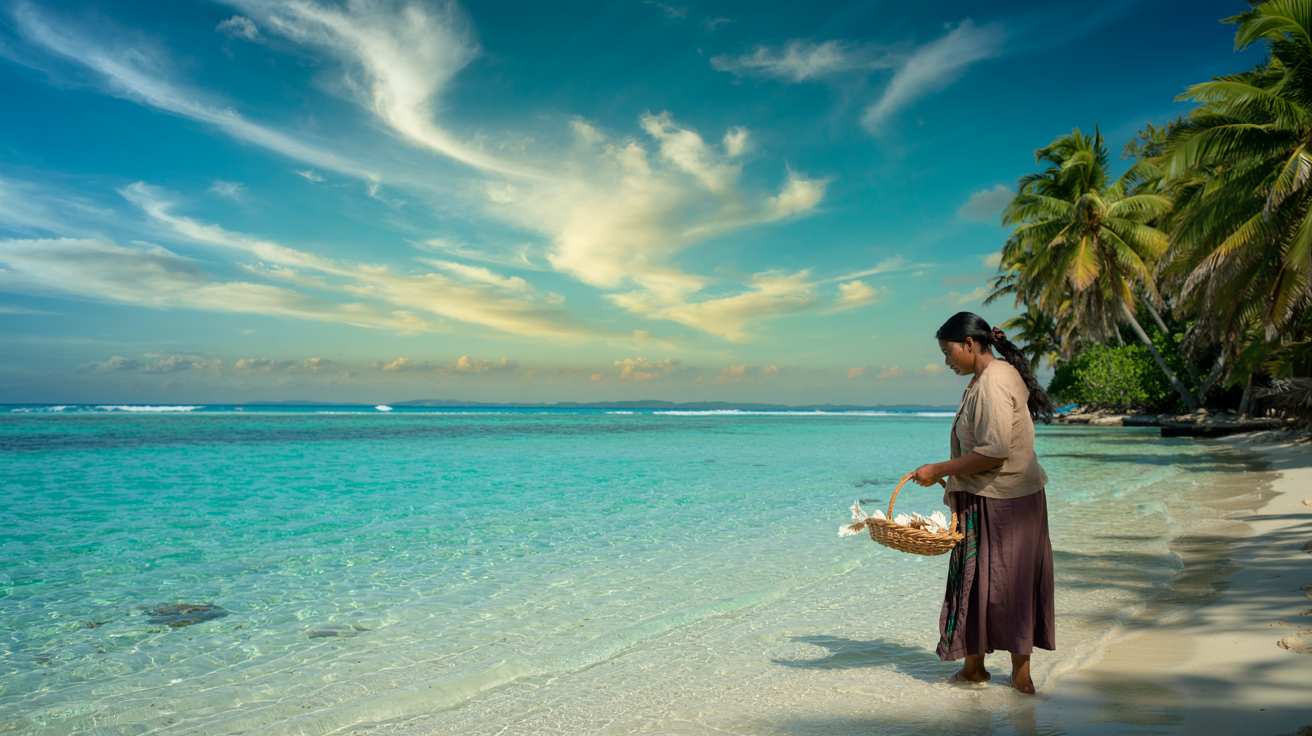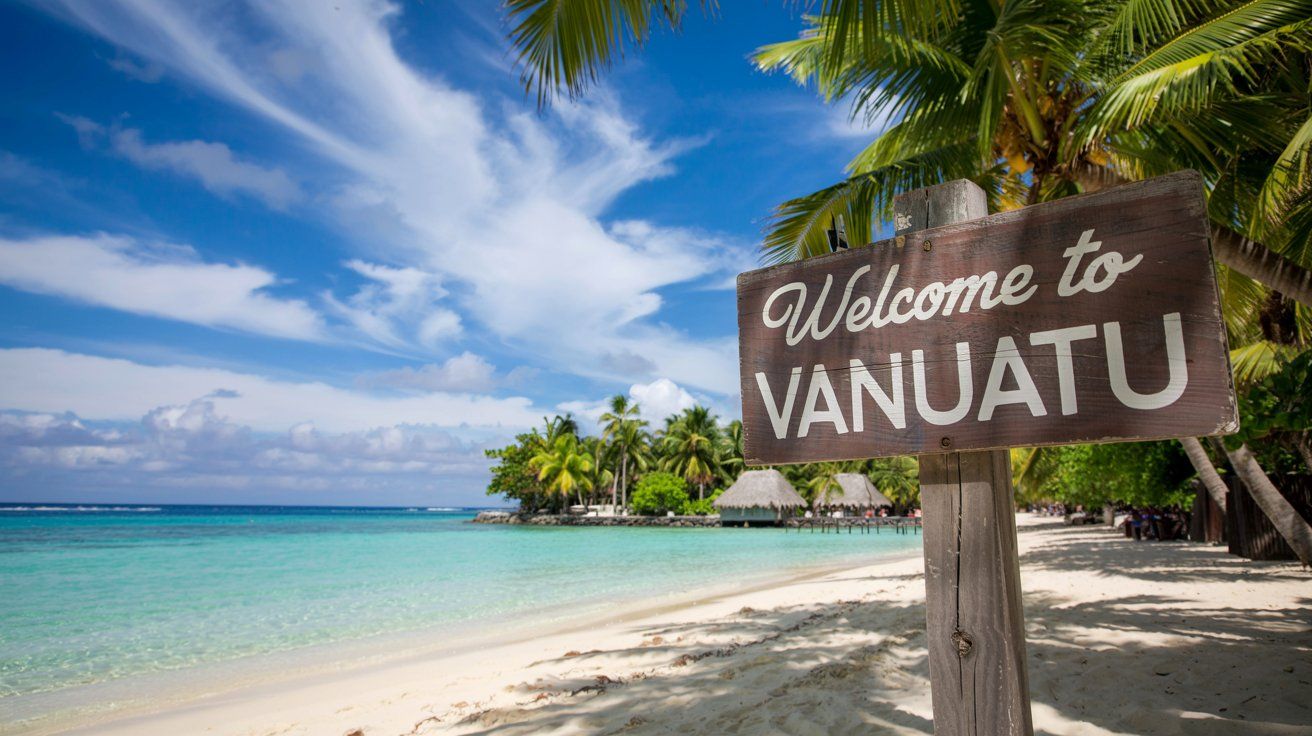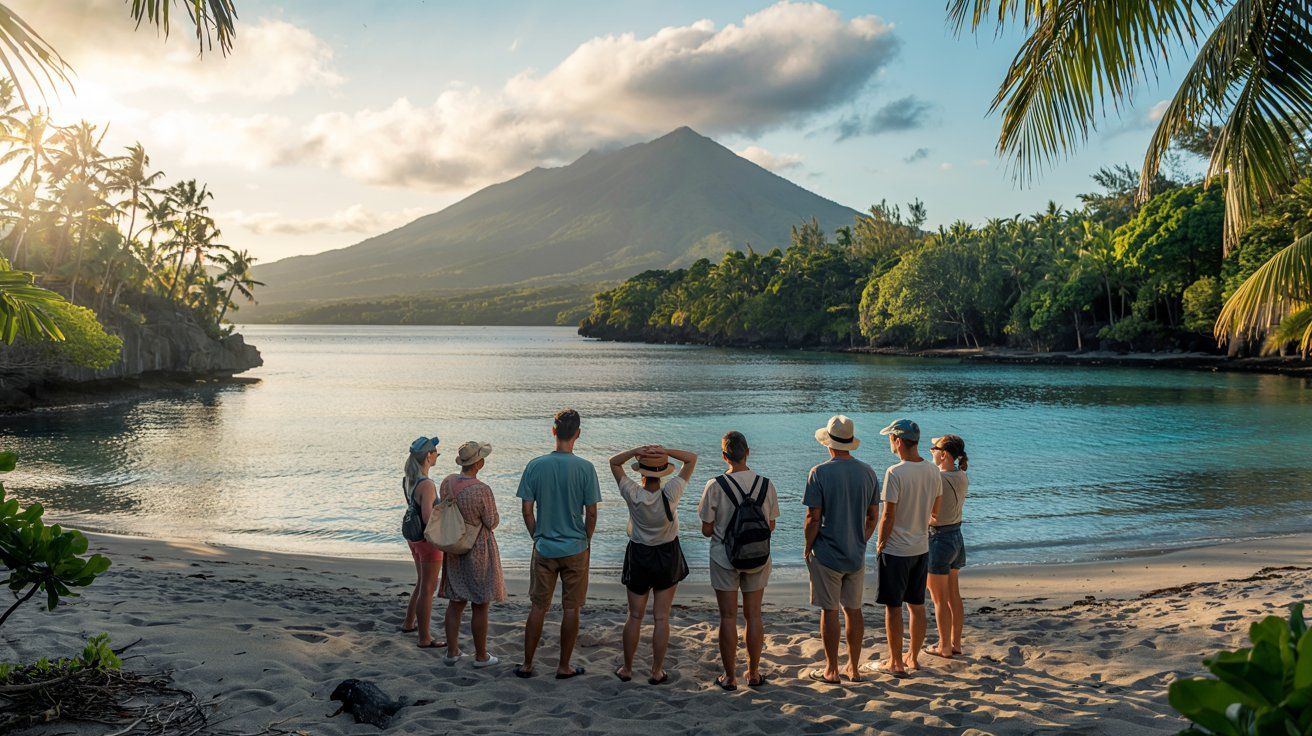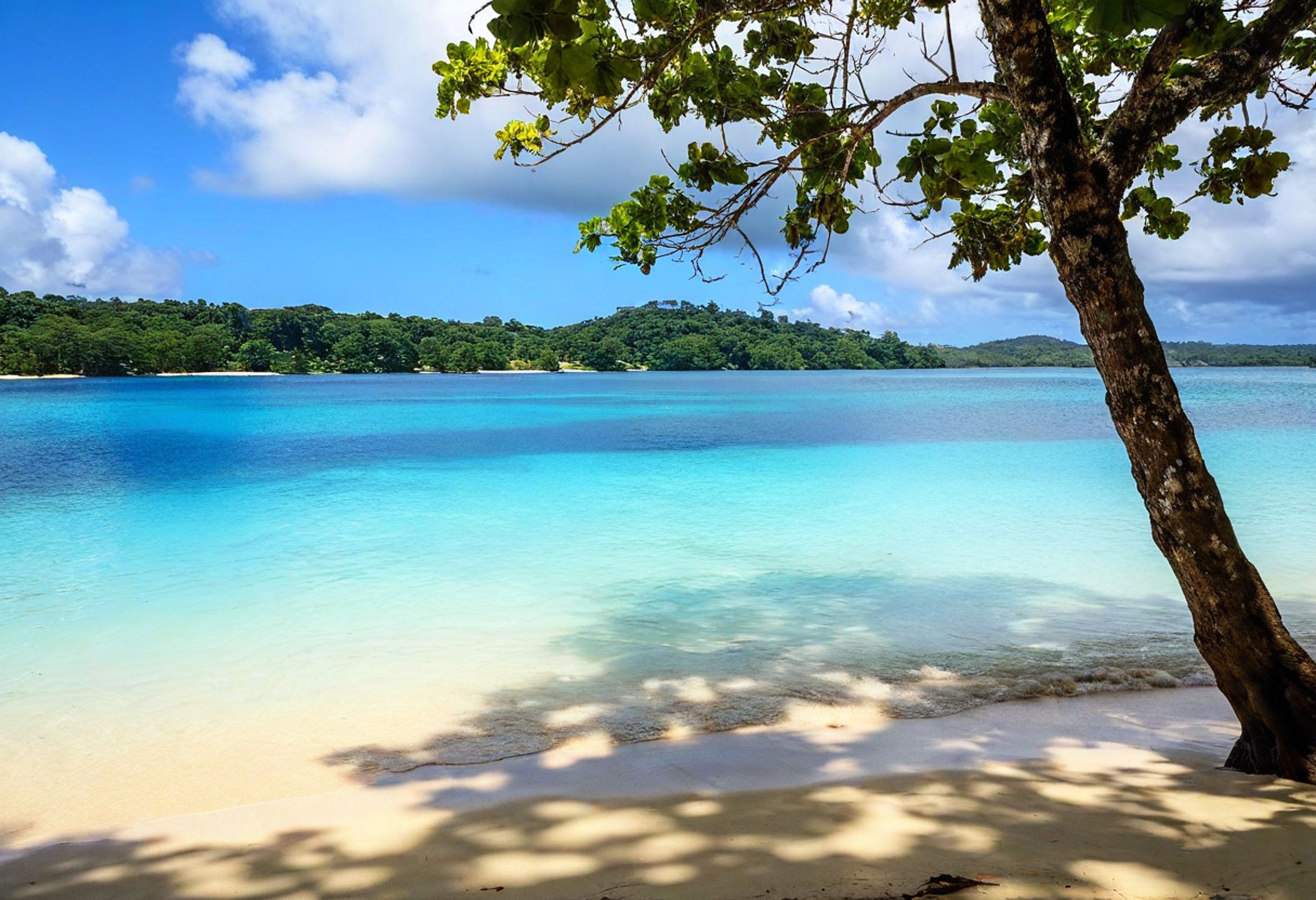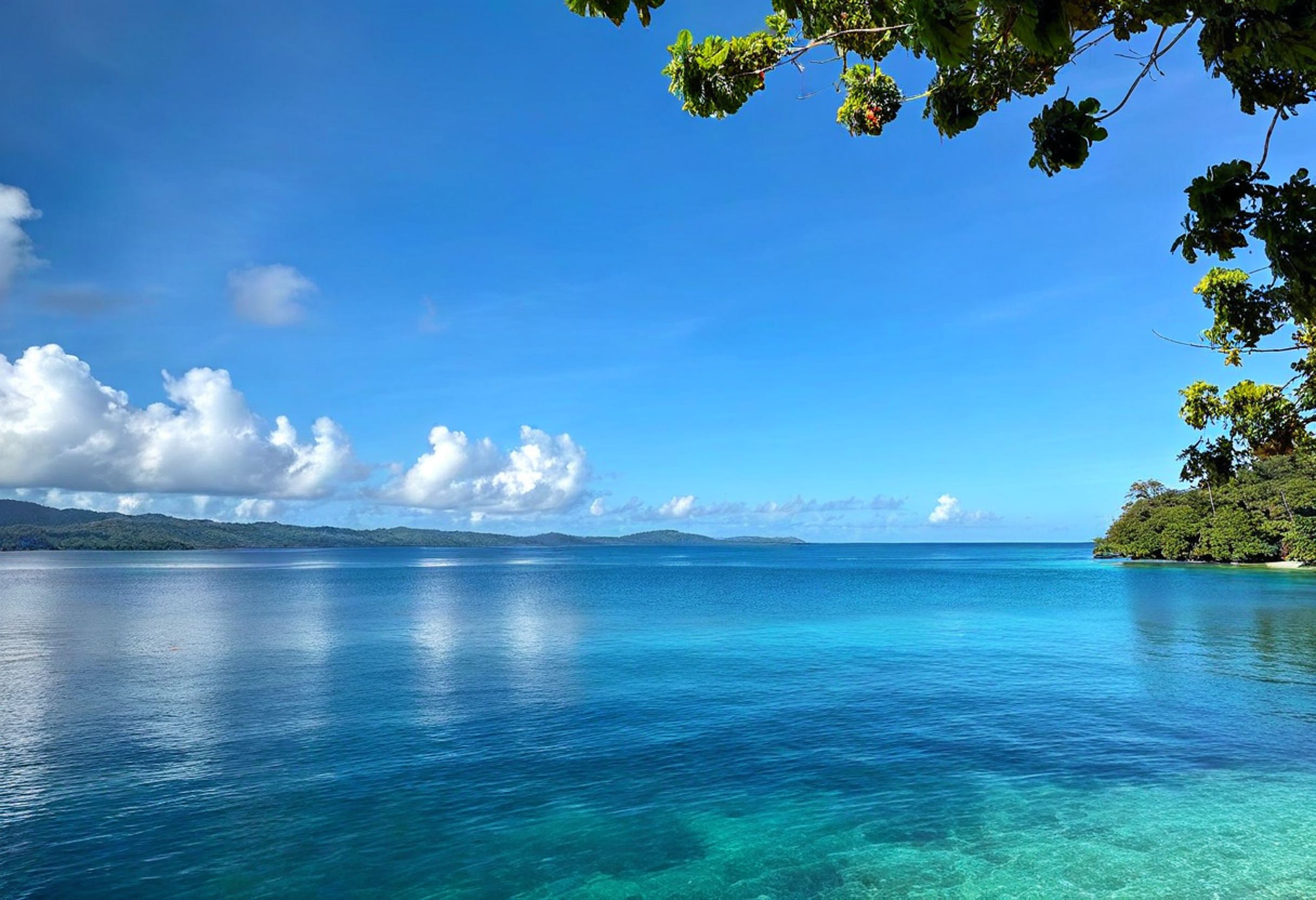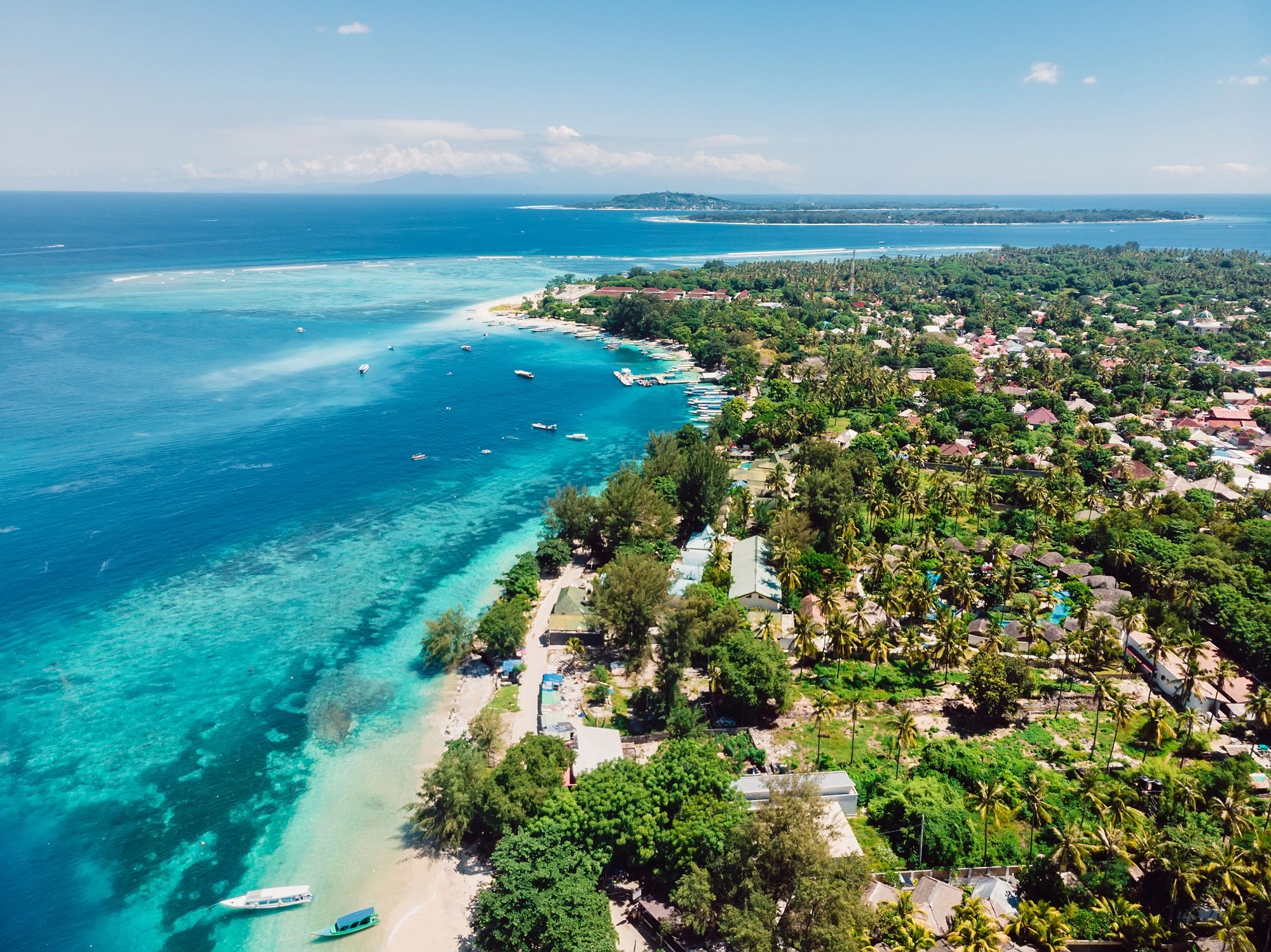The blog post dives into a concerning seismic event on Russia’s Kamchatka Peninsula and its broader impact on Pacific communities.
The earthquake—a colossal 8.8-magnitude—triggered tsunami warnings stretching across Japan, Hawaii, Alaska, and other Pacific coastal regions.
From overwater bungalows to beachfront resorts, find your perfect stay in this island nation of more than 80 islands. Instant booking with best price guarantee!
Browse Accommodations Now
What Happened in Kamchatka?
On July 30, 2025, Kamchatka’s peninsula in Russia experienced an earthquake of unprecedented proportions: an 8.8-magnitude seismic tremor.
This event marks one of the most powerful earthquakes reported in decades, bringing devastating effects across Russia’s Far East and reverberating ripples across the Pacific Ocean.
Immediate Effects on Kamchatka Peninsula
The earthquake caused severe local disruptions.
Governor Vladimir Solodov described it as an event unmatched in strength for decades.
Power outages plunged communities into darkness, mobile networks faltered, and property damage ran high.
Petropavlovsk-Kamchatsky, the largest city near the earthquake’s epicenter and home to approximately 165,000 residents, struggled with the initial aftermath.
Critical infrastructure was impacted, though detailed reports of personal injuries or fatalities remain scarce at this time.
Tsunami Warnings Across the Pacific
In the wake of the earthquake, tsunami alerts sent shockwaves—both literal and figurative—across the Pacific Ocean.
Initial waves reached up to four meters along Kamchatka’s coast, with Japan reporting early swells of 40cm near Hokkaido.
Japanese authorities warned of potentially destructive waves as high as three meters, putting residents of coastal regions on high alert.
Global Response to the Tsunami Threat
In addition to Japan, tsunami warnings extended to Hawaii, Alaska, and even West Coast areas of the United States like Oregon, Washington, and California.
The US National Tsunami Warning Center and Japan Meteorological Agency closely monitored wave activity, issuing advisories and notes of potential evacuation.
President Donald Trump addressed the situation on social media, imploring Pacific communities to “STAY STRONG AND STAY SAFE.”
Evacuation protocols mobilized people living near coastlines in affected regions, demonstrating how interconnected preparedness is across borders during seismic events of this magnitude.
The Science Behind the Seismic Event
According to the US Geological Survey, Kamchatka’s earthquake was a shallow yet powerful event, striking at a depth of just 19.3 kilometers below the earth’s crust.
The epicenter was located approximately 125 km east-southeast of Petropavlovsk-Kamchatsky, positioning it within the notorious “Ring of Fire.”
This geologically active zone circles the Pacific Ocean and is responsible for many of the world’s largest earthquakes and volcanic eruptions.
Understanding Tsunami Patterns in the Pacific
Tsunami waves triggered by earthquakes occur when seismic energy displaces vast volumes of water.
In this case, areas closest to the epicenter faced immediate concerns, but tsunamis often travel thousands of kilometers, reaching far-flung coastlines hours after the initial quake.
This explains the wide reach of evacuation warnings.
For Pacific island nations, mitigating the risk of tsunamis is an essential aspect of disaster preparation.
Lessons for Island Nations Like Vanuatu
Events like Kamchatka’s earthquake cast a spotlight on the vulnerabilities shared by island nations scattered across the Pacific.
Vanuatu, situated on the Pacific Ring of Fire, is no stranger to both seismic activity and tsunami threats.
With its idyllic beaches and vibrant culture, Vanuatu is synonymous with paradise.
Yet beneath its postcard-perfect image lies a constant need for vigilance and preparedness.
Vanuatu at the Intersection of Nature’s Power
As one of the world’s most disaster-prone countries, Vanuatu serves as an example of resilience in the face of natural challenges.
Residents rely on community drills, early-warning systems, and traditional knowledge to stay safe.
Vanuatu also applies lessons learned from global events, like Kamchatka’s earthquake, to strengthen its response strategies.
The people’s deep connection to the environment underscores the importance of cooperation and preparation within Pacific communities, especially when nature flexes its might.
A Reminder to Travelers
For those dreaming of visiting Vanuatu, these seismic events serve as a reminder to stay informed. Practice vigilance while exploring.
Whether you’re trekking through Espiritu Santo’s jungles or diving into Efate’s turquoise waters, understanding the region’s disaster preparedness protocols is vital. This is just as important as packing sunscreen and snorkel gear.
Vanuatu stands as a testament to resilience. It is a destination where life flourishes even in the shadow of natural disasters.
Here is the source article for this story: Magnitude-8.7 earthquake causes tsunami in Russia’s Far East – as warnings issued for Pacific Islands and Japan
Find available hotels and vacation homes instantly. No fees, best rates guaranteed!
Check Availability Now

